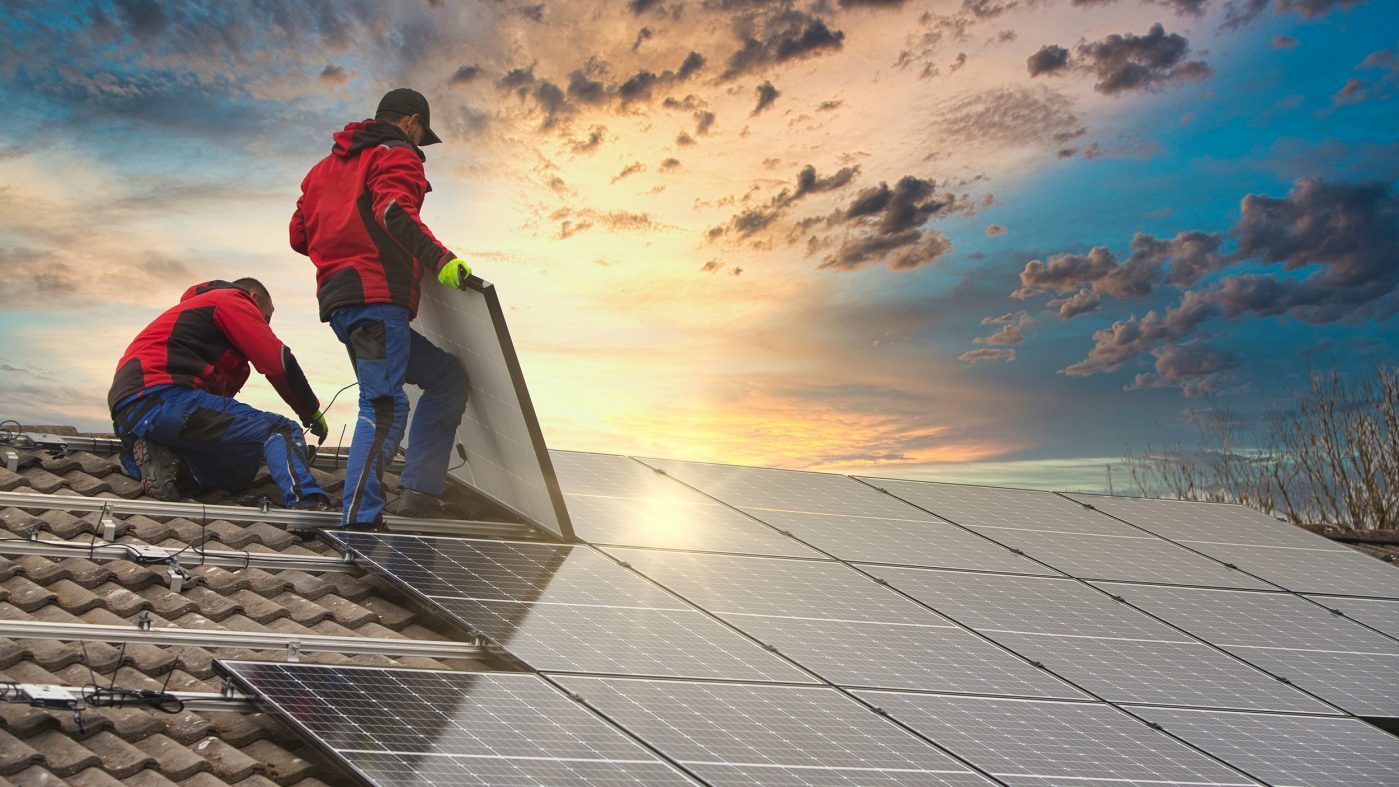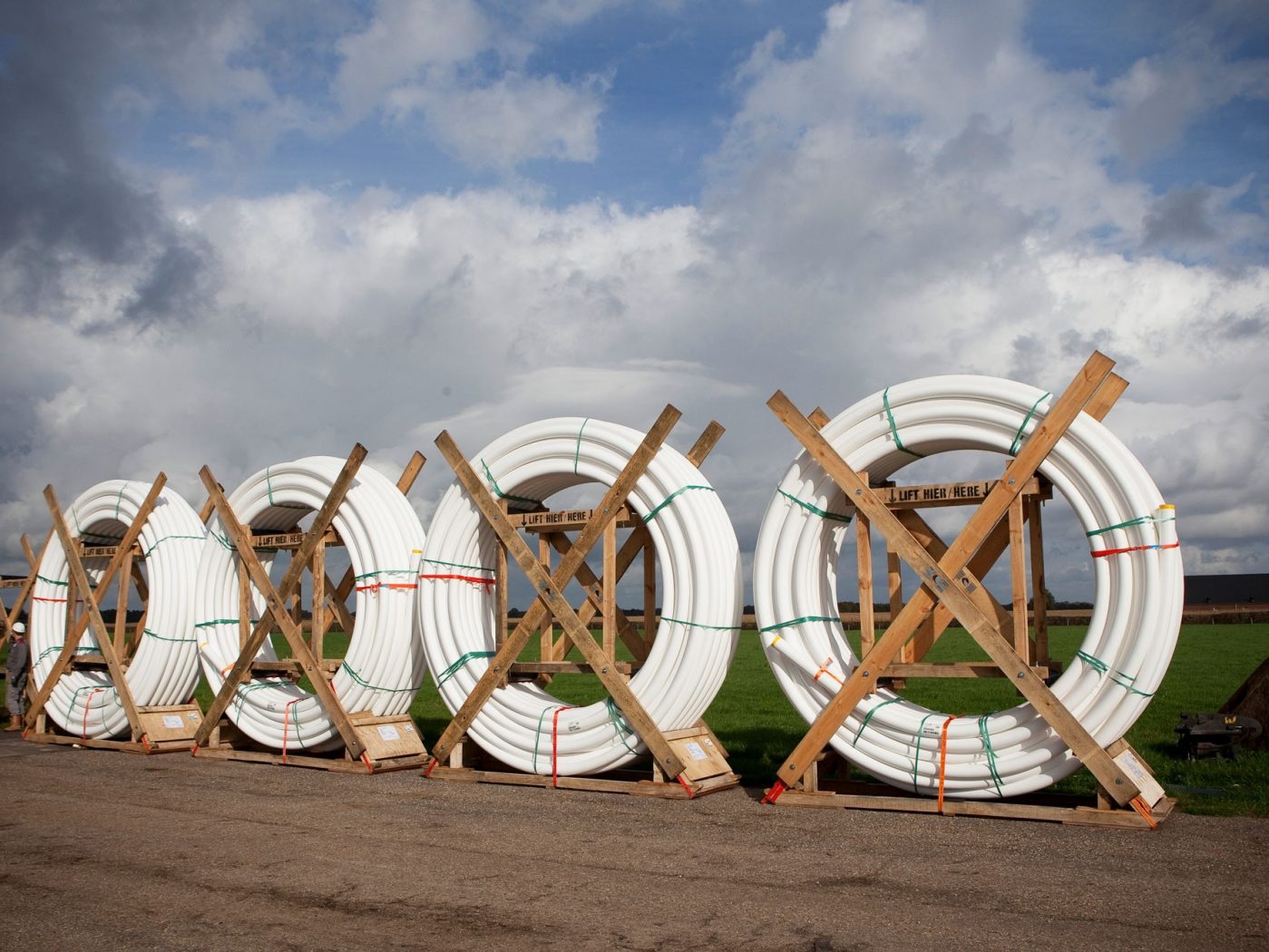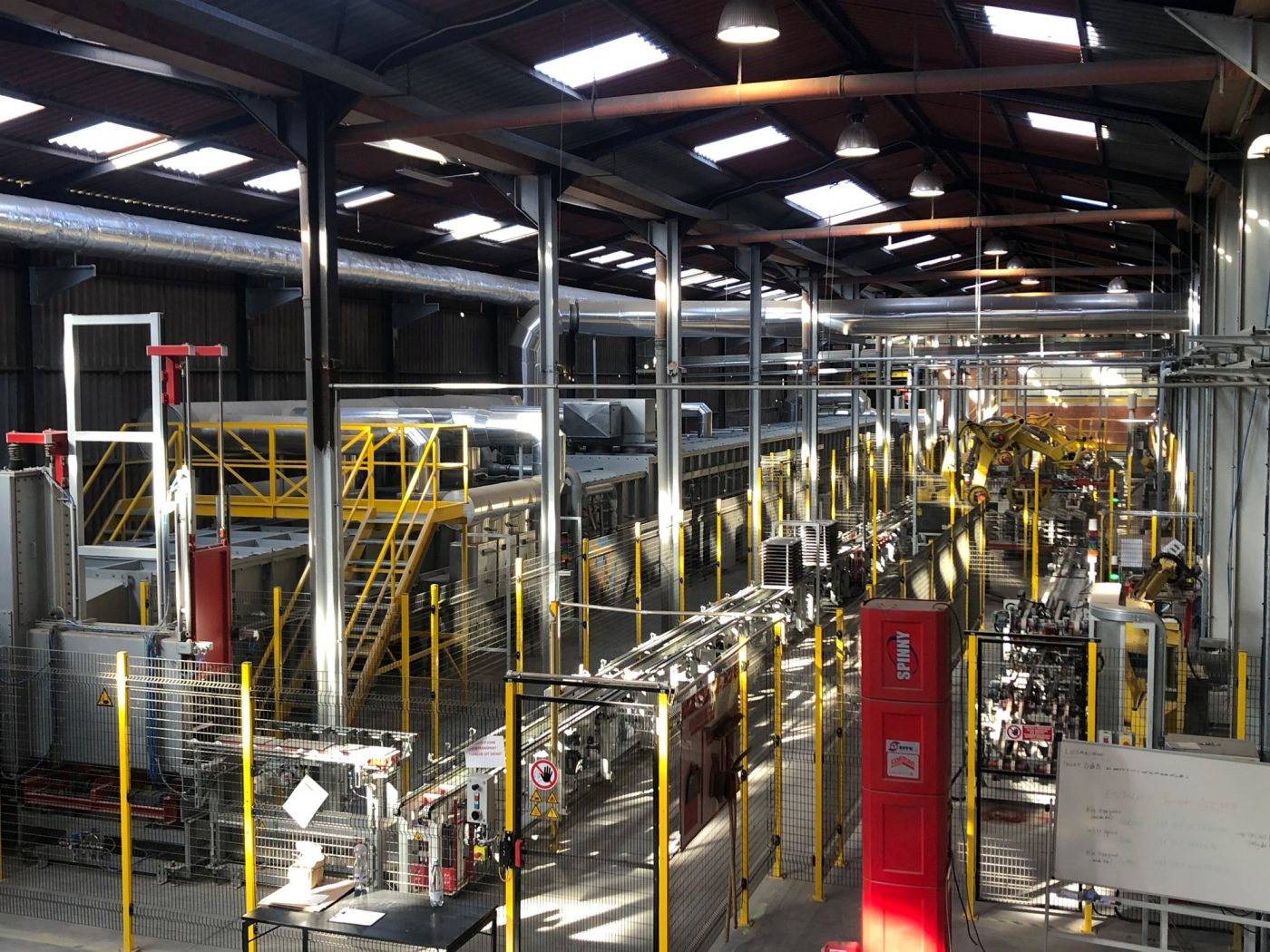 © jittawit.21/Adobe Stock
© jittawit.21/Adobe Stock
Clean Energy: New Paths for Tomorrow
Climate change, the gas crisis and rising energy prices are making it quite clear: energy is precious. Which is why we need sustainable energy concepts for the future.
 © jittawit.21/Adobe Stock
© jittawit.21/Adobe Stock
Climate change, the gas crisis and rising energy prices are making it quite clear: energy is precious. Which is why we need sustainable energy concepts for the future.
Combating climate change is one of the greatest challenges of our age. The Paris Climate Accords and the United Nations Sustainable Development Goals (SDGs) provide a strategy blueprint. The goal: to keep global warming well below 2 °C, compared to pre-industrial levels. Sustainable energy management is a key instrument to achieving this target.
Renewable energy is gaining ground all over the world – be it hydro-power, wind power, solar power or biomass. In its World Energy Outlook 2022, the International Energy Agency (IEA) writes that the energy crisis triggered by the war in Ukraine could actually accelerate the transition to renewable energy. Why? Because in addition to short-term relief measures, many countries are now looking to green alternatives to meet their long-term energy needs.
Examples of this include the Inflation Reduction Act in the USA, the Fit for 55 package and REPowerEU in the EU as well as the ambitious renewable energy targets set by China and India. According to the IEA, these measures will help to increase global investment in clean energy to over 2 trillion US dollars per year by 2030. This represents an increase of more than 50 percent compared to 2020.
 © mmphoto/Adobe Stock
© mmphoto/Adobe Stock
Solar array on the roof: the fight against climate change means accelerating the use of renewable energies.
However, accelerating the use of renewables like wind power or solar energy that are dependent on weather conditions creates new challenges for the energy infrastructure. Hydrogen is potentially a key technology for dealing with the fluctuations in production this involves. So-called green hydrogen can store electricity from renewable sources and can transport it over long distances. Its uses range from (chemical) processes in industry to fuel in heavy goods transport.
The EU Commission wants to ramp up production of green hydrogen in Europe – by 20 megatons per year until 2030. Yet the fact is, as long as there is no centralized infrastructure, hydrogen production will have to take place decentrally, in proximity to the consumer. A pan-European infrastructure is therefore required which can be provided on the one hand by converting existing gas infrastructure and on the other by building a dedicated hydrogen transport infrastructure.

Pipelife is tackling the effects of climate change head on and breaking new ground with innovative pipe systems. The wienerberger subsidiary offers SoluForce flexible composite pipe systems for high-pressure applications to transport hydrogen. The hydrogen can then be fed into low-pressure lines such as low-pressure polyethylene pipes and then distributed to end users. Read more here:
Energy efficiency also helps the climate. According to the United Nations Sustainable Development Goals Report 2022, global energy efficiency has already improved from 5.6 megajoules per US dollar in 2010 to 4.7 in 2019, with an average annual improvement rate of 1.9 percent. However, to meet the energy efficiency target defined in the SDGs, energy intensity improvements up to 2030 will need to average 3.2 percent per year.
This requires decisive action in all sectors and industry is no exception. According to data from the European Parliament, more than 9 percent of greenhouse gas emissions in the EU are attributable to industrial processes and product use. Measures to increase efficiency in production and transport could therefore drastically reduce emissions.

Decarbonization, circular economy and biodiversity: wienerberger has defined a clear strategy in its Sustainability Program 2023. The goal is to cut carbon emissions by 15 percent by 2023 compared to 2020. To this end, the company drives technical innovations in production and implements ongoing measures to improve efficiency. Read more here:
The biggest lever for energy management is the building sector. From apartments, to offices, schools and hospitals: according to figures published by the European Commission, buildings in the EU are collectively responsible for 40 percent of energy consumption and 36 percent of greenhouse gas emissions, mainly stemming from construction, usage, renovation and demolition. The European Green Deal aims to make the European Union climate neutral by 2050. Increasing energy efficiency in buildings is crucial to achieving this goal.
Renovating the existing building stock could reduce total energy consumption in the EU by up to 6 percent and lower carbon emissions by approximately 5 percent. In addition, smart solutions and energy-efficient materials are needed when constructing new buildings. Europe is on the right track: diverse EU programs are already facilitating the transformation to a net-zero emissions building stock. Moreover, increasing numbers of residents want to actively save energy and protect the climate.

wienerberger offers system solutions for new build and renovation. The aim is to promote net-zero emission buildings as a way of driving decarbonization in housing construction. The wide range of measures includes sustainable products for the building envelope as well as in-house power generation, energy-saving heating and cooling solutions, solar panels and heat pumps. Read more in the article:
Conclusion: Clean energy is already available or well on the way to being ready for the market. The task now is to take pioneering measures to create the necessary infrastructure and to bring energy efficient technologies to the ground. Only then will we succeed in creating a climate-friendly energy future for future generations.